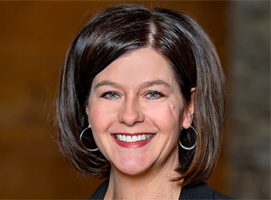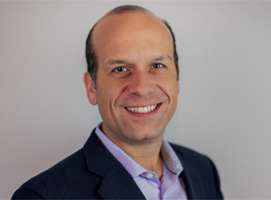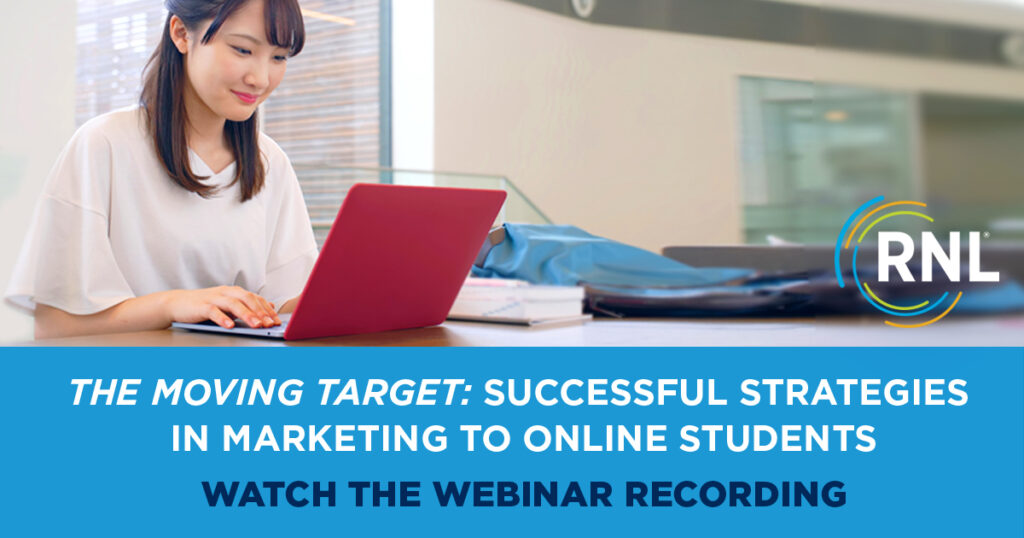enrollment
Reader Questions on Digital Marketing Tactics
RNL’s webinar “The Moving Target: Successful Strategies in Marketing to Online Students” generated some of the best questions in recent memory (you can watch it now). In fact there were so many that we could not answer all of them. Many of these questions come up again and again when we are talking about digital marketing. We present the best of the questions below with answers from RNL’s leading experts on digital marketing.
We’re going to do this every month so if you have a digital marketing question, send me an email and we will cover it next month.
Meet RNL’s digital marketing experts

Erin Minsart, MBA, Vice President of Integrated Marketing. Erin joined RNL in early 2022 as Director of Digital Strategy, bringing over 20 years of marketing and leadership expertise from the healthcare, nonprofit, consumer services, manufacturing, and telecommunications sectors. As a former higher education instructor, she is passionate about education and ready to apply her broad marketing knowledge within higher education.

Derek Kirby, Director of Marketing Strategy. Derek has been helping brands connect with audiences for the past 14 years. Over his career, he’s worked in various industries, leading teams to use data, research, and creative grit to produce highly effective campaigns that drive results. At RNL, Derek’s deep understanding of the student journey and how to impact behavior through omnichannel marketing strategies has helped many institutions increase student engagement and enrollment, specifically for online programs.

Charles Ramos, Vice President, Graduate and Online Enrollment Management. Charles Ramos is a veteran of higher education, with over 24 years of experience as an enrollment professional and consultant. He has affected positive change that has equated to increased enrollment and sustainable revenue growth in the undergraduate, graduate, online, and non-traditional markets for over 100 institutions across the United States and Canada.
Q: How can we make sure that we have the best messaging and that it’s resonating with the right students?
Derek Kirby: In any marketing campaign for online students, I recommend creating at least two ad sets, each with a different message; one that’s practical and one that’s aspirational. Put them both in the market, and typically within 2-3 weeks you should have performance metrics that tell you which is catching your audience’s attention more.
We recently launched two ad campaigns for an institution with two messages: the benefits of the online modality, and the career outcomes upon completion of the program. In this particular situation, career outcomes was the clear winner. This did not mean we stopped showing the online modality ads altogether, but we did reallocate spend to optimize for the better performing ad set.
You can also use this method of a/b testing with ad formats. If messaging remains the same, how does a video ad perform against a static image? It’s an effective (and quick) way to dial in not just what you’re saying to students, but how you’re saying it.
Q: Are institutions experiencing new challenges with digital marketing for graduate programs? My institution focuses digital marketing efforts primarily on specific program promotions in search, but we are not seeing the conversion that we once did. Do you think this is due to competition, the economy/job market, a combination? Are there specific digital marketing tactics you recommend to improve digital marketing conversion for graduate programs?
Erin Minsart: Competition is increasing at the same time of economic and job market instability. Weekly optimization tactics to guide the algorithm are key. A healthy mix of Google’s recommended optimizations and human strategy each week should help inform the algorithm of what type of conversions you want more of and the things you want less of. Also taking advantage of the smart-bidding strategies is key. If you are low on impression share, switching to a Target Impression Share strategy will help get your ads to the top of the page. If nobody is seeing your ads, that is a critical first step. Making sure you are using a data-driven attribution model is also important to optimize your search bidding strategy. If impression share is not the issue, then looking at a smart bidding strategy to maximize conversions at a target cost per acquisition will help get as many conversions at a fixed budget. Finally, geography should be considered as we find the bulk of qualified leads usually comes from a smaller radius than we think.
Q: When looking at the marketing budget for online programs, is the average online marketing budget that RNL published in its recent webinar for a single program or a suite of programs?
Scott Jeffe: RNL’s 2022 survey of more than 100 institutional leaders responsible for marketing or recruiting for online programs revealed that the typical institutional marketing budget dedicated to their online programs was $1.04m at public institutions and $1.14m at private institutions. The question from which the data are derived asked the respondent to indicate the estimated total dollars associated with marketing their full set of online programs, excluding salaries, overhead or any other expenses that could not be considered direct marketing expenditures.
Note that the survey also asked respondents to indicate the total number of online programs offered by their institution. Those numbers ranged from 2 to more than 25. The sample was not large enough to further segment the marketing budget data, but in all cases these averages represent funds dedicated to multiple programs.
Q: How do we make a video with students feel authentic when the students are 100% online?
Derek Kirby: There’s a misconception that all marketing videos should be polished, professionally produced assets. While great to have, it’s still possible, and sometimes preferable, to add videos to the marketing mix that are not professionally produced. The authenticity of the video can actually enhance the message and help it resonate more with audiences.
Recently, I had an institution record select online students answering questions via Zoom. The questions focused on their experiences learning online and the students answered in the same places where they studied, giving prospective students a peek into their world. After some simple video editing, we had a video to use in our marketing that viewers instantly recognized as genuine content because of the obvious Zoom format.
Q: Do many institutions have a video studio on campus. Does it work to have online students send in video submissions for use in marketing?
Derek Kirby: While some institutions have a studio on campus for creating video content used in marketing and recruitment, this is not really a “must have” but rather a “could have” given the reality of what kind of content is most likely to engage a prospective student (see my answer above.) Schools that have academic programs in film/television/video etc. are likely to have such facilities and should consider using these facilities—and the students in such programs—to create at least some content. If schools do not have these facilities, it may be more cost effective to leverage a strategic partner for this type of content creation.
Q: When marketing on Facebook, which is more effective: using their lead generating option and filling out the form on FB or linking to your website it fill out a form?
Erin Minsart: We run both types of campaigns, Lead Generation and Sponsored post. We have seen both be successful for our campus partners and we have seen where one will be more successful than the other. It’s great to run two parallel campaigns and see which one is most successful in some situations. The one caveat with lead generation ads is we have seen lower quality leads when using a lead generation form ad, but that can be addressed by using a qualifying question on the form.
Q: Has Facebook changed their policy or guidelines about putting text on your image for ads?
Erin Minsart: The 20 percent text rule no longer applies, but we suggest being mindful of this still as a best practice. There is also a “safe zone” to be mindful of at the top and bottom of the ad. You want to keep those free of text, logos or other key elements to avoid the page profile icon or call to action overlapping.
Watch the full webinar on demand
See more strategies from Erin, Derek, Charles, and myself during our webinar, The Moving Target: Successful Strategies in Marketing to Online Students. We also are here to help you find your best strategies for digital marketing and online enrollment. Simply reach out and we’ll set up a complimentary consultation.

